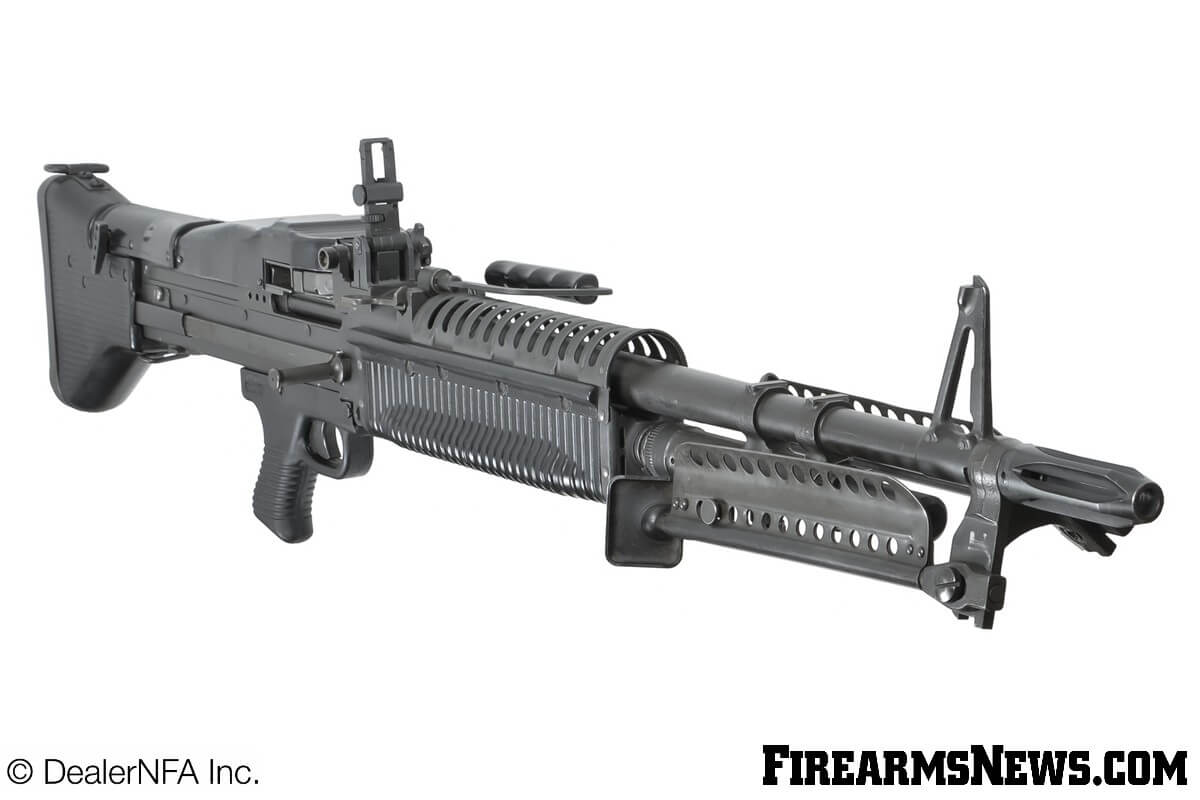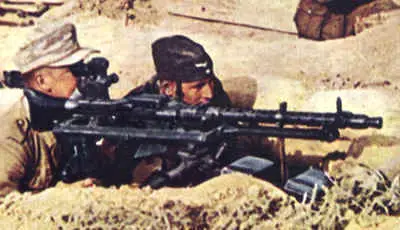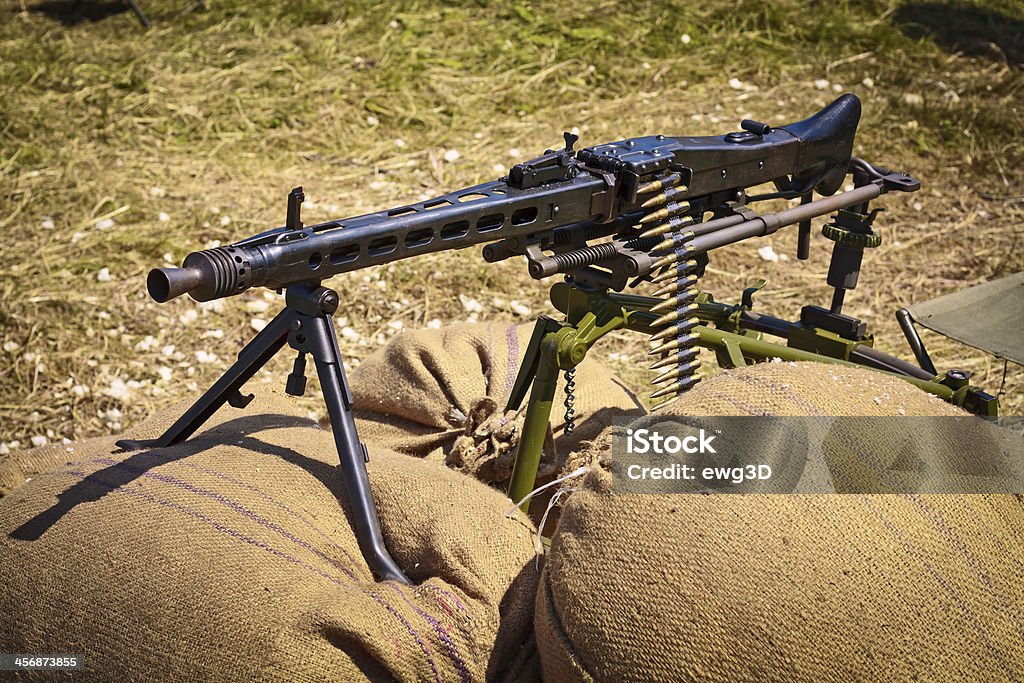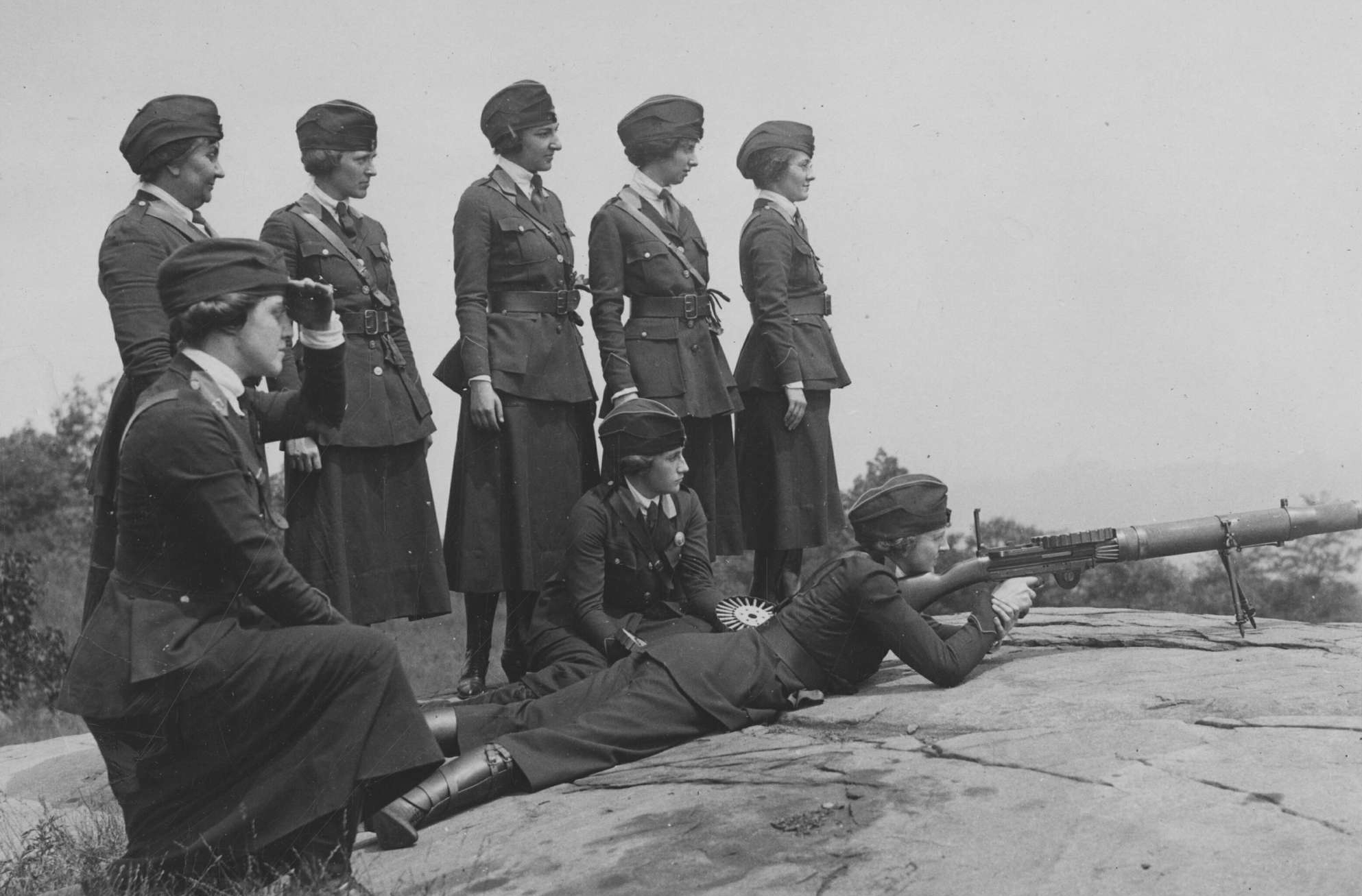Depending on the gunner and conditions, a barrel change might be required as typically as every 200 to 250 rounds. When the hot barrel was removed, it was reserved until it was cool enough to utilize again. Machine-gun teams would have as lots of as 6 spare barrels on hand.
Driving through a just recently secured location in Belgium, the sharp-eyed Liniewski found the deserted weapon in a field. Liniewski then did what any without supervision GI would have carried out in that position; he stopped his truck and seized the chance to snag an excellent memento for the folks back house. As a support soldier, Liniewski was not familiar enough with weapons to disassemble his MG-42, so he held on to it for a while until he discovered a camp where German detainees of war were being held.
The weapon stayed in the Liniewski family till 2016 when his boy Marty donated the weapon to the Museum. In spite of its tendency to overheat, the MG-42 was an excellent weapon that was light-years of ahead of the US counterpart, the Browning M-1919A4 device weapon. Germany produced roughly 400,000 MG-42s during the war, a few of which are still in active duty.

Taken together, all these weapons provided the Red Army a more practical range of support weapons, much better able to challenge the Germans for fire supremacy on the battlefield. Totally illustrated, this study describes the technology and the methods of these gatling gun. Kept in mind authority Chris Mc, Nab sets out how these device guns were dispersed and tactically applied and supplies numerous examples of the weapons in action, from assault groups on the streets of Stalingrad to tank teams struggling for survival at Kursk.
Fascination About Military Technology In World War I
Illustrated with high-quality photographs and specifically commissioned artwork, this is a deep analysis of these important tools of warfare within the Soviet forces.
Taken together, all these weapons offered the Red Army a more useful series of assistance weapons, much better able to challenge the Germans for fire superiority on the battlefield. Fully detailed, this study explains the innovation and the techniques of these device guns. Noted authority Chris Mc, Nab sets out how these device weapons were dispersed and tactically applied and provides various examples of the weapons in action, from assault groups on the streets of Stalingrad to tank crews having a hard time for survival at Kursk.
Illustrated with premium photos and specially commissioned art work, this is a deep analysis of these necessary tools of warfare within the Soviet forces.
The maker gun company, commanded by a captain, had an assigned strength of six commissioned officers and 172 gotten males, and carried 16 guns, 4 of which were spares. Within the company there were 3 squads and a head office section. A first lieutenant led the very first squadron, while 2nd lieutenants led squads two and three.
7 Easy Facts About World War I Centenary: Machine Guns Explained


Within each section were two weapon teams, each with one gun and nine males, led by corporals. The weapon squad had one battle cart, pulled by a mule, to carry its weapon and ammunition as near to the shooting position as opponent fire allowed. From there the crews moved the weapons and ammo forward by hand.
The battalion had a strength of 16 officers and 377 enlisted guys and was motorized. It had just 2 companies, identical to the other device weapon business in terms of workers and weapons. Each weapon squad utilized an unique motor vehicle to transport its personnel, weapon and equipment. The battalion was normally in department reserve, ready to carry out missions as the division commander purchased.
In this function the guns were put 300 to 1000 meters to the back of the front line. When they utilized their guns in that style, the gatling gun officers typically ran into opposition from the rifle company commanders, who chose to have the weapons further forward, fearing that their infantrymen would be at threat of roaming low rounds as they advanced under the overhead maker weapon fire.
Furthermore, they soon discovered that the machine guns were high top priority targets for opponent fire, which it was useful to have the weapons at some range from the infantry positions. Because enemy gatling gun postured the best hazard to the assaulting troops, the machine gun teams strove to find the enemy guns and to focus their fire upon them.
The Facts About 8 Heavy Machine-guns Of Wwi Revealed
A percentage of the guns was kept back as a reserve under command of the machine weapon officer. 6Machine weapon tactical doctrine determined that in the defense the Hotchkiss weapons ought to just hardly ever be located within 100 lawns of the front line and that at least two-thirds of the weapons should be echeloned back through the entire protective position, situated so that adjacent guns would be equally supporting.

7 To discover other features on the visit our THE DOUGHBOY CENTER wishes to continuously expand this feature. Additions and discuss these pages might be directed to:.
I was impaled on this. My only fear was that he would press the trigger which would have made a hell of a mess. In the meantime, my sergeant who was near he saw me; was available in close; shot the fellow and after that hoisted me, with the aid of another guy, off the bayonet.
A bayonet wound straight it goes in it harms and the withdrawal is most likely even more anguish than the 'putting in' due to the fact that the 'putting in' is instant. Another type of weapon was the trench club.
Comments on “The 6-Minute Rule for Machine Guns: Types And Tactics Of The First World War”